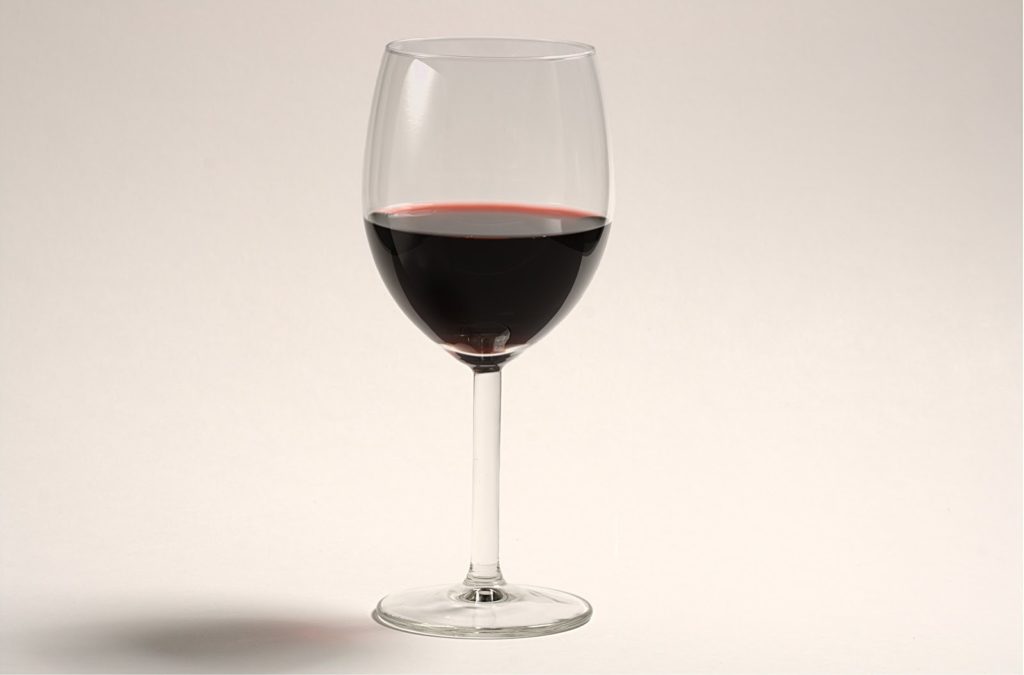Wine is a fruity alcoholic beverage made from the fermentation of grapes. Wine generally has an alcoholic content between 10 and 14 percent, making it more alcoholic than beer (typically 4-7%) and much less alcoholic than distilled spirits (typically 30-40%). Wine can be produced in small batches or in large-scale commercial operations. Either way, winemaking generally consists of six major steps: harvesting, crushing and pressing, fermentation, clarification, aging, and packaging.
This article describes each of the steps in the winemaking process while detailing the differences between small-batch winery and large-scale industrial production.
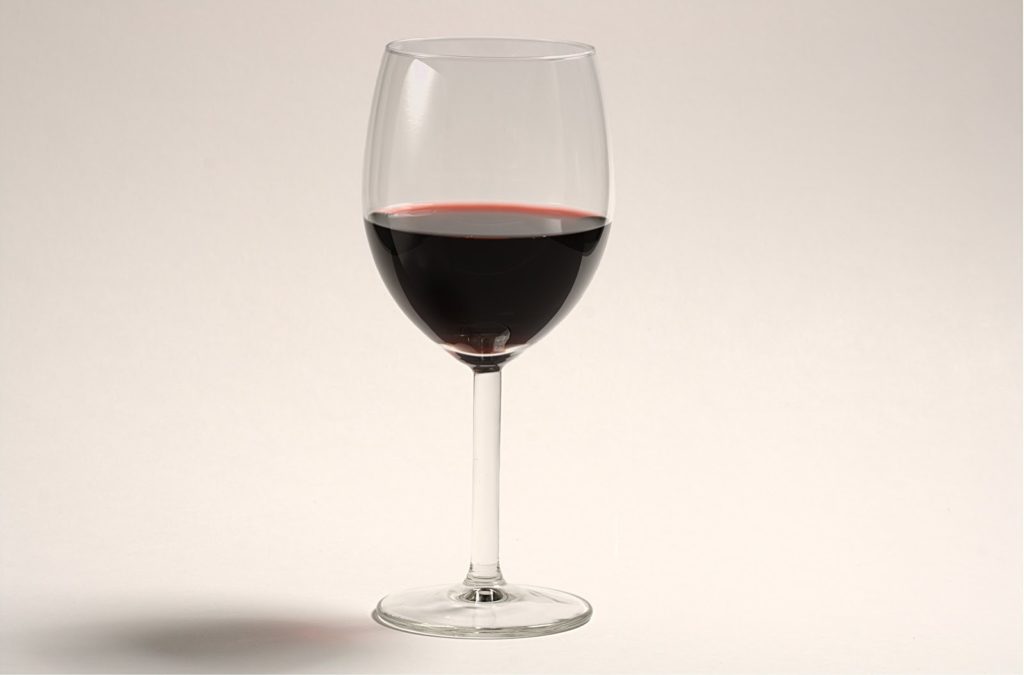
Harvesting
After grapes have grown to ripeness in vineyards, they must be picked and transported to the winery for the next step. The degree of ripeness at the time of harvesting will heavily influence the overall flavor, sweetness, and acidity of the wine.
Harvesting can be accomplished by hand or with mechanical harvesters. Picking grapes by hand ensures that high quality grapes are selected, and sugar content of a grape bunch/cluster can be accurately determined with the use of hand-held refractometers. However, hand-picking is significantly more time-consuming than using machine pickers. Mechanical harvesters can gather bushels of grapes hundreds of times faster than farmhands can, but they cannot differentiate the quality of grapes and often grab leaves and stems that must be removed from the harvest before crushing/pressing.
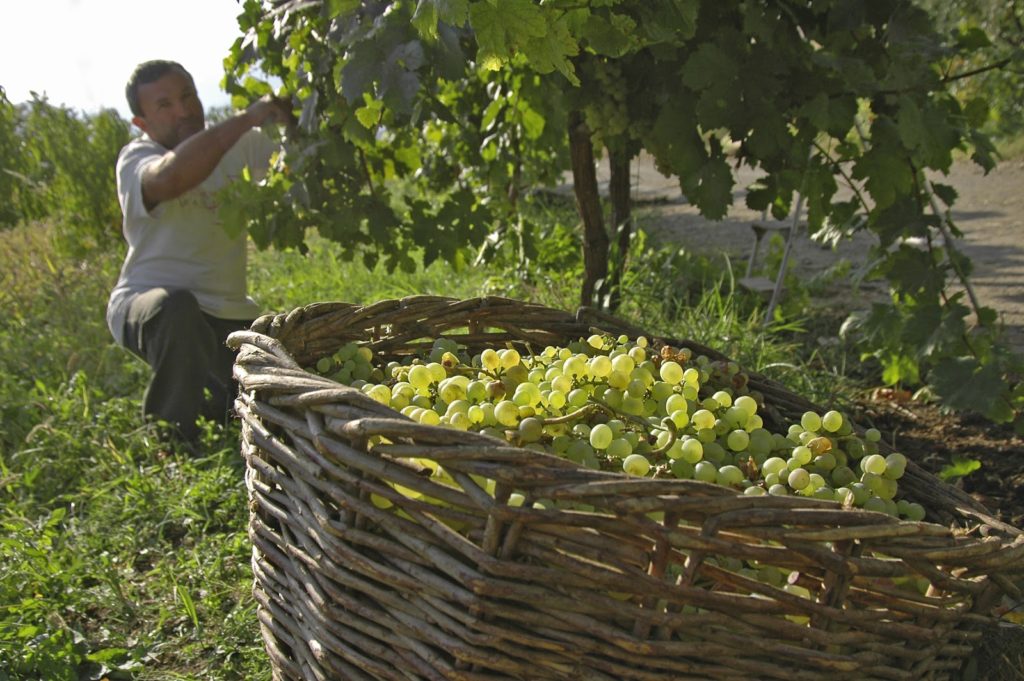
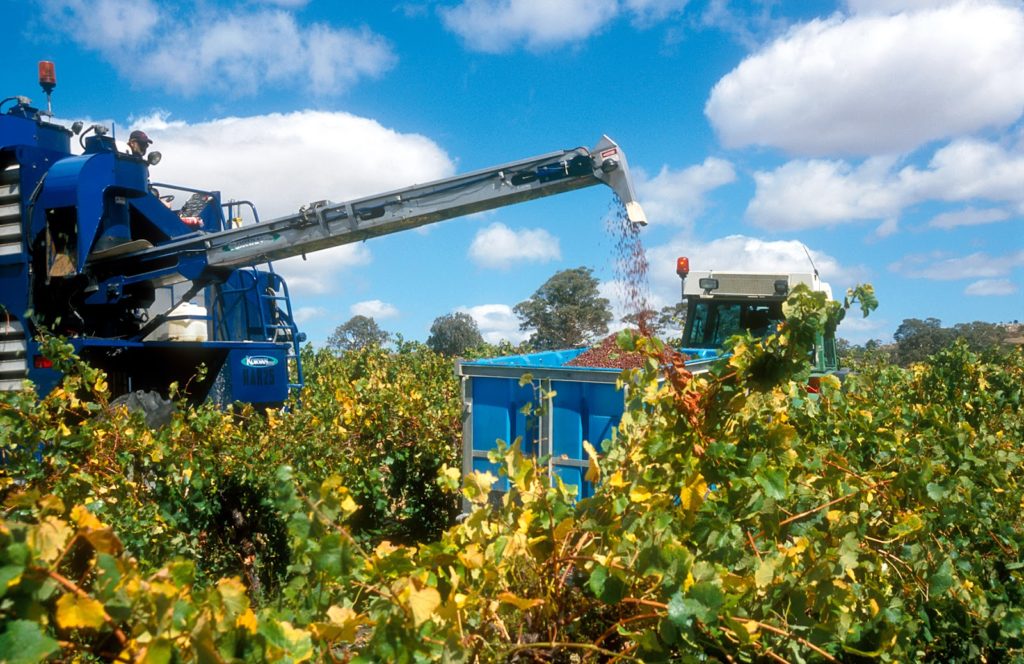
Production
Crushing and Pressing
The next step in winemaking is to extract the juice from the grapes. This is accomplished by crushing or pressing the grapes so that the skin ruptures, the grape is reduced to pulp, and the juice is able to flow out. The pulp is then pressed in order to force the juice from the grapes. The substance produced after crushing/pressing is called “must.” Before the industrial revolution, crushing of grapes was done manually using hands or feet in large wooden barrels or baskets. Small wineries generally employ small mechanical presses with manual destemming of grapes. Industrial operations utilize larger and/or multiple mechanical presses and de-stemmers.
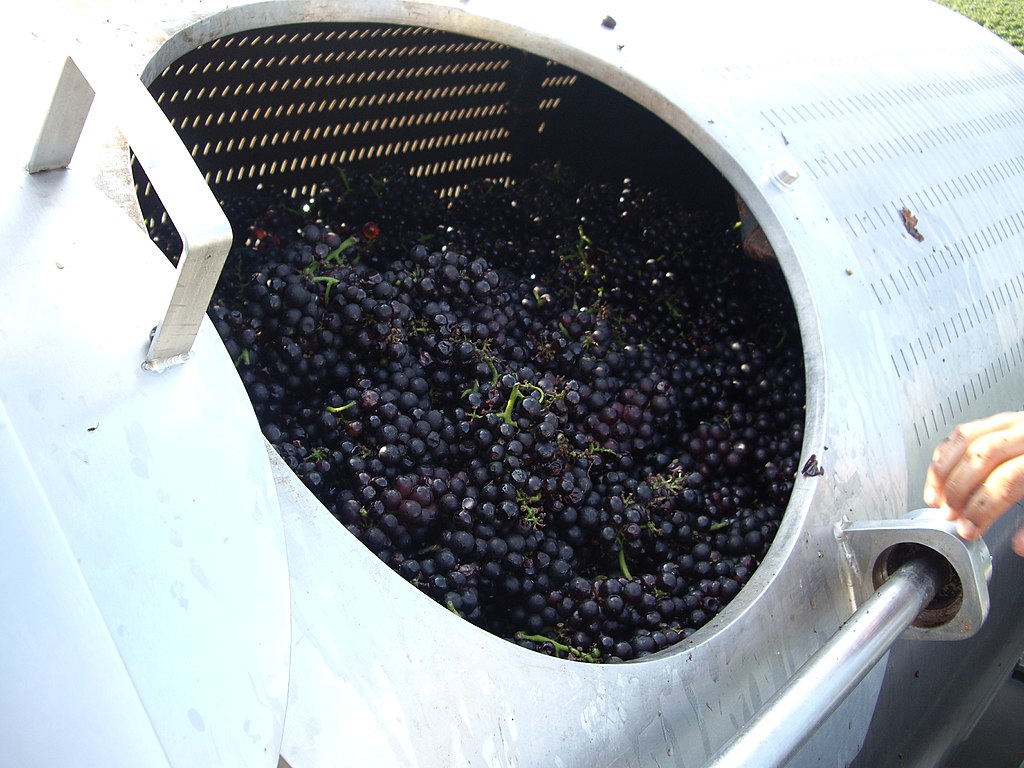
The crushing/pressing process differs slightly for red, white, and rosé wines. For white wine, the grapes are quickly crushed, and the stems and grape skins are filtered, pressed, or centrifuged out from the juice. Stems are often left in a white wine batch, as they can help facilitate separation of the juice from the grape pulp and skins (by catching the solid material, acting as a sort of filter) and will be removed in the next step anyway. For red wine, the pulp and skin of the grape is left in the must, as the tannins (bitter organic compounds), flavor, and color leach out of the grape material into the juice (pressing occurs after fermentation). The longer the duration for which the pulp and skin is left in the red wine batch, the darker the red wine will ultimately be. The stems are almost always removed from a red wine batch, as the tannins from stems are too harsh and undesired. Rosé is made by either allowing the grape skin and pulp to remain in the juice for a short period of time or by simply mixing finished red and white wine at the conclusion of the winemaking process.
Fermentation
The must is then fed into either a wooden vat (for small-batch fine wines) or a concrete or stainless-steel fermentation tank (for lower quality and large-scale wines) for primary fermentation. Natural yeasts are present in the air and in the must itself, but most commonly commercially cultured yeasts are supplemented. The yeast converts the sugar in the must into carbon dioxide and ethanol. Typically, two units of sugar are required to produce one unit of ethanol, so the must entering the fermentation stage must contain around 20-30% sugar. Sugar content is measured using a saccharometer, and if the sugar content is too low, cane or beet sugar is added to the must, a process called “chaptalization.”
Fermentation takes between one and five weeks for most wines. White wines are typically fermented between 15ºC and 18ºC, whereas red wines are fermented between 22ºC and 25ºC. Occasionally, red wine batches will be fermented a second time for up to a week in order to stabilize the color and clarity of the liquid. The temperature, duration, and climate of the environment where the fermentation occurs all determine the eventual flavor of the wine and are all strictly controlled by the producer.
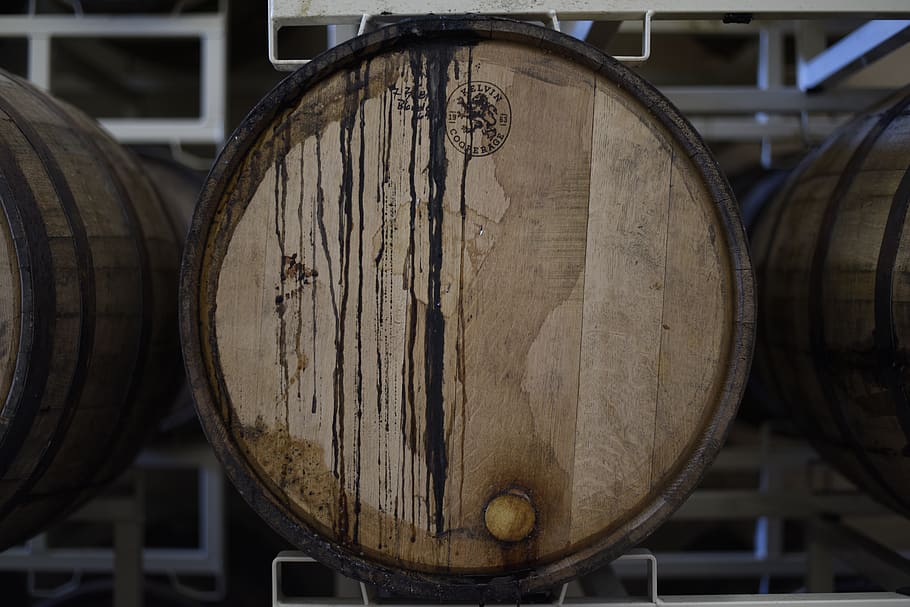
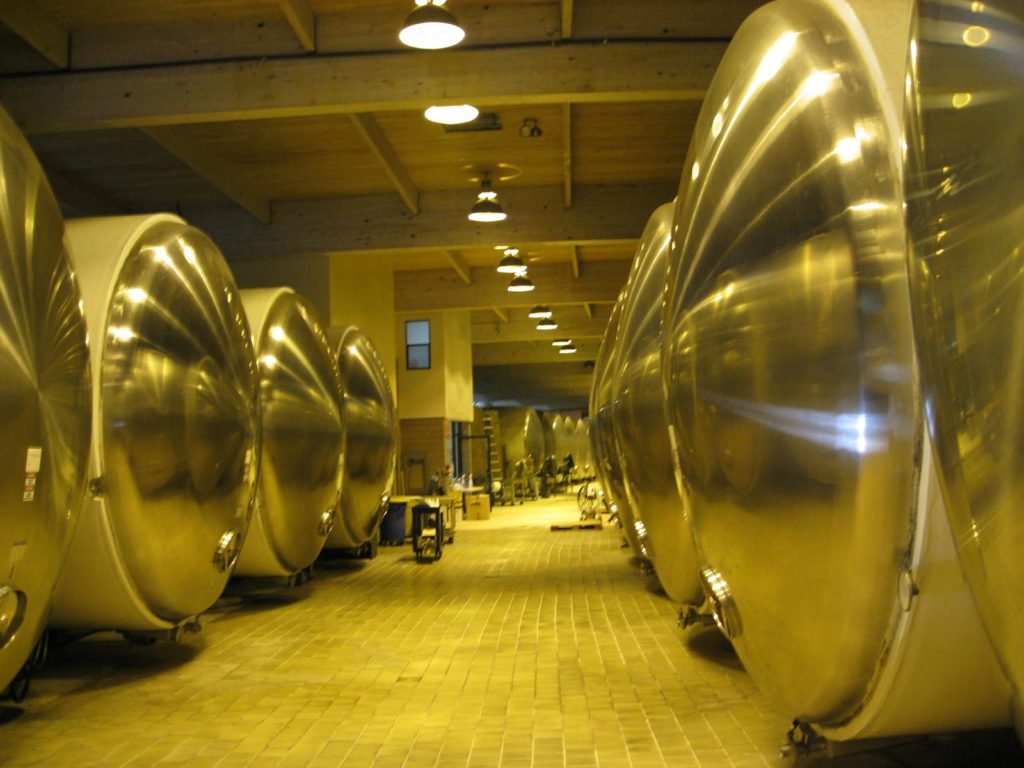
Clarification
After the wine has fermented for the desired period of time, the undesired solid products must be removed, a process is called “clarification.” The fermented product is removed from the fermentation vat/tank and placed in a separate settling (or “racking”) vat/tank. These racking containers are made of either oak wood or stainless steel, and the wine generally remains in these containers for 1-3 months. Red wine racking is generally from 10ºC to 16ºC, whereas white wine racking is usually between 0ºC and 2ºC.
During this stage, the heavier solids (such as stems, leaves, pulp, etc.) settle out of the wine to the bottom of these racking vats/tanks. Often wines are further clarified through a process called “fining,” wherein substances (called “fining agents”) are added to the batch to remove and settle out tannins and other unwanted microscopic particles. Typical fining agents include gelatin (which absorbs tannins), clay, and animal-derived molecules such as potassium caseinate, egg whites, bone char, and skim milk powder.
After fining and settling, the wine is pumped through filters and/or centrifuges to remove any solid material that has accumulated.
Aging
Often the producer will elect to age the wine before packaging so as to imbue certain qualities on the batch, such as smoothness, zesty or oaky flavors, pleasing aromas, and softer mouthfeel. Aging generally occurs in stainless steel tanks or wooden vats for as little as a few months or up to several years, depending on the quality and flavors the winemaker is aiming for. Small scale wine production typically employs small stainless-steel vats or wooden barrels (wood imparts flavors into the wine), whereas large scale production uses large, jacketed, temperature-controlled steel tanks. The duration of aging is decided by the winemaker, and once he or she is satisfied with the batch, the wine is filtered a final time and is now ready for packaging.
Packaging
Wine is most commonly packaged in chemically- and UV- sterilized glass bottles and sealed with cork, plastic stopper, or metallic screw top. Wines produced on an industrial scale are packaged by machines, whereas smaller-scale wines are packaged by hand. Cheaper wines may also come in plastic bags packaged in cardboard (“box wine”) or small plastic bottles. Unlike distilled spirits, which no longer age after packaging, wine will continue to age in its packaging as polymerization and oxidation reactions consisting of the wine’s acids, sugars, and tannins occur over time. A common misconception is that further aging always improves the wine; on the contrary, wine that is aged for too long, not consumed from the bottle within a year, or kept in poor environmental conditions can worsen.
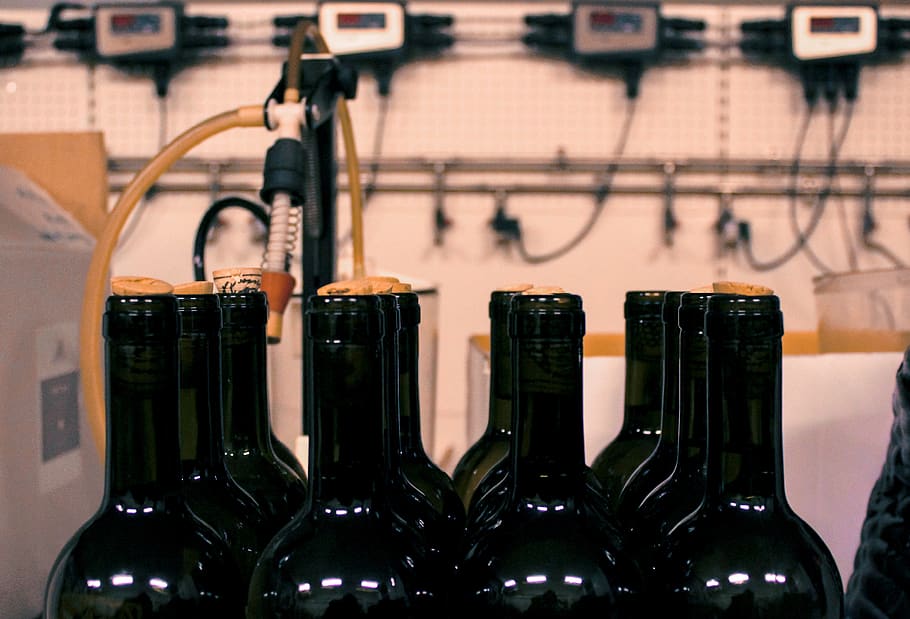
Acknowledgments
- Hand Harvesting, Wikimedia Commons
- Mechanical Harvesting, Wikimedia Commons
- Perforated Grape Press, Wikimedia Commons
- Stainless Steel Fermentation Tank, Wikimedia Commons
- Wine Glass, Wikimedia Commons
- Wine Packaging, Pxfuel
- Wooden Vat, Wikimedia Commons
References
- Anderson, C. J., Y. Z., & Kirby, J. (n.d.). Wine Commodity Chain Project – The Manufacturing Process. Retrieved from https://u.osu.edu/commoditychainwine/the-manufacturing-process/
- Katz, Sandor Ellix. “The Art of Fermentation.” Google Books. Chelsea Green Publishing, 2012.
- Sheridan, C., Bauer, F., Burton, S., & Lorenzen, L. (2005). A critical process analysis of wine production to improve cost, quality and environmental performance. Water Science and Technology, 51 (1), 39–46. doi: 10.2166/wst. 2005.0005
- The Wine-Making Process. Retrieved from https://www.britannica.com/topic/wine/The-wine-making-process
- Wines and Brandy. EPA AP-42: Compilation of Air Emissions Factors , 9.12.2-1 – 9.12.2-9.
Developers
- James Rivard

